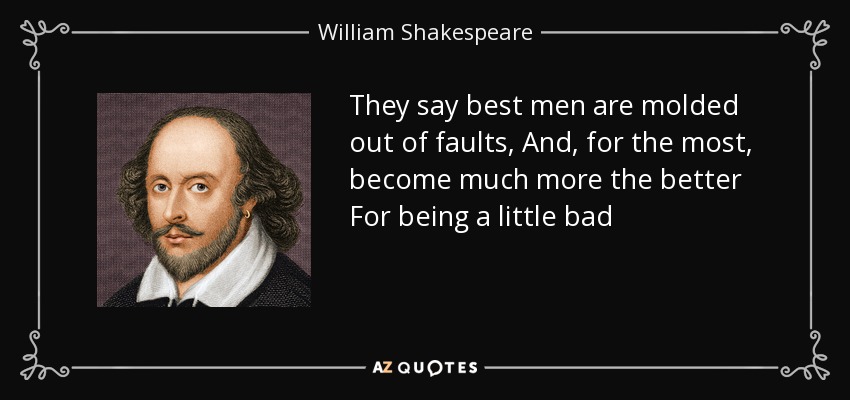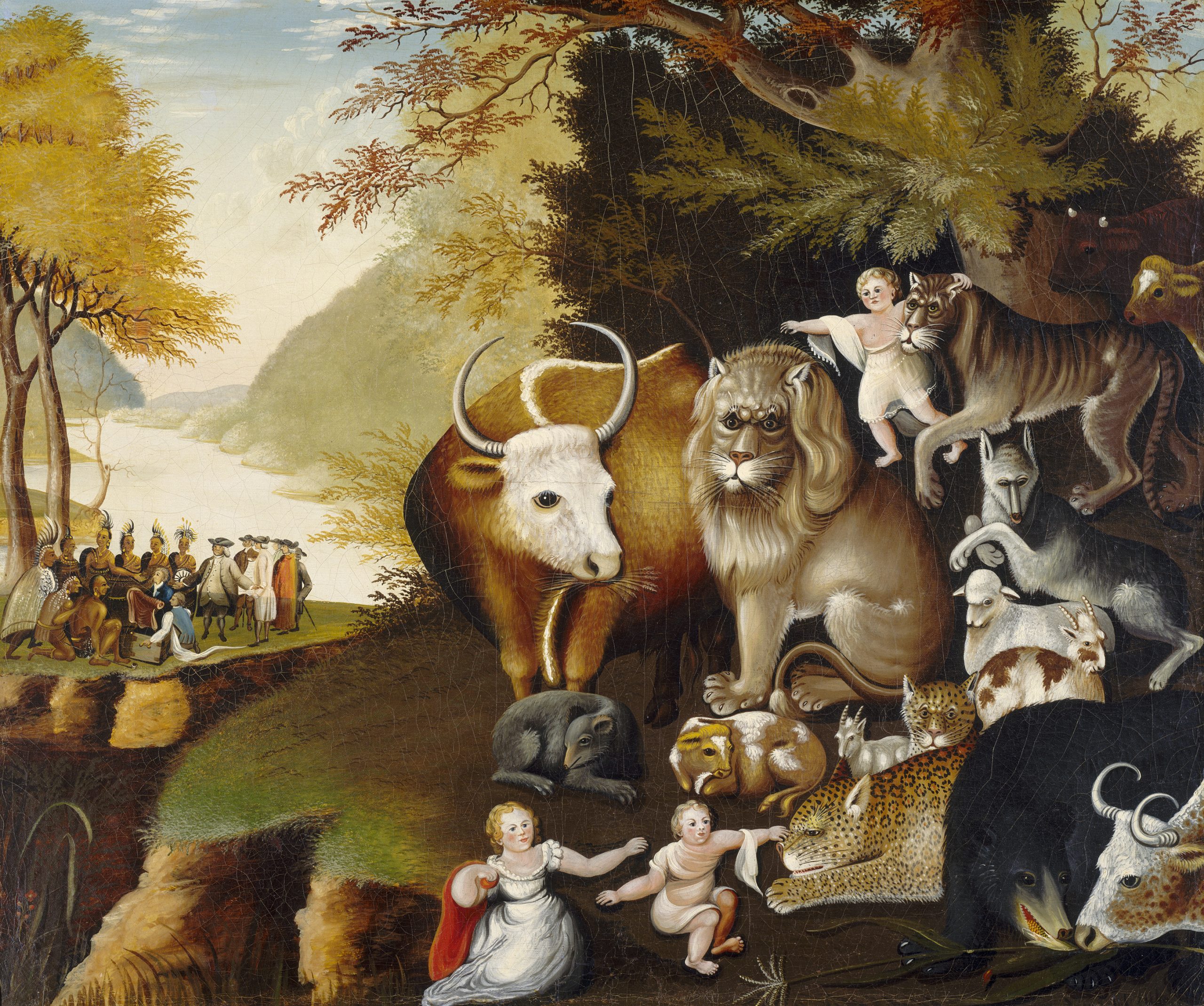Archives
- Home
- Event Page 8

Elevators & Lifts
|
Going Up: Uncovering the Art Deco Elevators of Landmarked Building Interiors Architectural Digest: Why The Chrysler Building is a New York City Icon |
Many education communities have 100’s of elevators and escalators. This is a difficult space for driving costs down
(because of strong manufacturer and labor presence) but we will give the “old college try”
Eric and Shari Schlesinger met in Hardwick’s elevator on move-in day in 1972, leading to a 42-year marriage.@TempleUnivhttps://t.co/3QTh51f4JB pic.twitter.com/Ek5vD9s5lF
— Standards Michigan (@StandardsMich) January 17, 2023
Normalize bringing your baby with you.🤍 pic.twitter.com/qztfkDpCo7
— Clare Anne Ath (@clareanneath) December 11, 2024
Human Resources Hilary
“I’m sick of not having the courage to be an absolute nobody.”
— Franny and Zooey” (J.D. Salinger)
Periodic walk-through of Human Resource best practice catalog for labor markets generally; and units within the education facility industry specifically. We inform our discussion based upon today’s release on the Employment Situation Summary from the US Bureau of Labor Statistics.
Recommended Reading:
“The Human Side of Enterprise” 1960 Douglas McGregor
University of Chicago Press: Readings in Managerial Psychology
For an advance agenda send a request to bella@stanardsmichigan.com. Use the credentials at the upper right of our home page to log in.
Alone is where the magic happens…apparently although I got so bored. This 10 mile run was the first time I’ve ran double digits since October 2021! The last two miles felt dreadful however, it’s done. I’m now going to smash a 🍕 #ukrunchat #training pic.twitter.com/fUP43c5yGi
— Lil Morris 🏃♀️ (@BlondeLilmo) February 3, 2024
My biggest wins come when I do things out of discipline even when I have no motivation. pic.twitter.com/ozSDYqdwiQ
— Travis Harrison (@TJHarrison22) February 9, 2025
Children should be proud that Whites in the West ended slavery worldwide, which had existed for thousands of years
pic.twitter.com/cf7EnWRKfh— Elon Musk (@elonmusk) December 8, 2025
Fordham Worship Livestream
This content is accessible to paid subscribers. To view it please enter your password below or send mike@standardsmichigan.com a request for subscription details.
“Love’s Labor Lost” Jesus College
Congratulations to the cast, musicians & creative team of Love’s Labour’s Lost, our most recent Jesus College Shakespeare Project production. This version relocated to Oxford in 1974 & forms part of our ongoing celebrations of 50 years of co-education at Jesus. It was fantastic! pic.twitter.com/ZU0dXlOdYD
— Jesus College Oxford (@JesusOxford) December 9, 2024
2026 Winter Olympics
This content is accessible to paid subscribers. To view it please enter your password below or send mike@standardsmichigan.com a request for subscription details.
Animals
Today we update our understanding of the regulations, codes, standards and ethical considerations in the care of animals in education communities. Use the login credentials at the upper right of our home page.
Family time pic.twitter.com/tRQH8LV3eW
— Chelsea (@therealilwolf) April 17, 2024
In partnership with @Yeatssocietyirl, we are hosting a special virtual event to mark the 100th anniversary of the #poem ‘The Second Coming’ by WB #Yeats. Join us on Friday, 13 Nov at 7pm for an evening of discussion and #poetry readings.
🎟️ Register now: https://t.co/gfU24AEFGz pic.twitter.com/zDbzLjslL5
— National Library of Ireland (@NLIreland) November 5, 2020
someone wanna go feed them for me? So I can stay in bed.
Im already late. pic.twitter.com/F2WCu8SrqG
— dhani (@juss_dhani) August 4, 2024
Animals
Today we update our understanding of the regulations, codes, standards and ethical considerations in the care of animals in education communities. Use the login credentials at the upper right of our home page.
Family time pic.twitter.com/tRQH8LV3eW
— Chelsea (@therealilwolf) April 17, 2024
In partnership with @Yeatssocietyirl, we are hosting a special virtual event to mark the 100th anniversary of the #poem ‘The Second Coming’ by WB #Yeats. Join us on Friday, 13 Nov at 7pm for an evening of discussion and #poetry readings.
🎟️ Register now: https://t.co/gfU24AEFGz pic.twitter.com/zDbzLjslL5
— National Library of Ireland (@NLIreland) November 5, 2020
someone wanna go feed them for me? So I can stay in bed.
Im already late. pic.twitter.com/F2WCu8SrqG
— dhani (@juss_dhani) August 4, 2024
Risk: Self Insurance
This content is accessible to paid subscribers. To view it please enter your password below or send mike@standardsmichigan.com a request for subscription details.
New update alert! The 2022 update to the Trademark Assignment Dataset is now available online. Find 1.29 million trademark assignments, involving 2.28 million unique trademark properties issued by the USPTO between March 1952 and January 2023: https://t.co/njrDAbSpwB pic.twitter.com/GkAXrHoQ9T
— USPTO (@uspto) July 13, 2023
Standards Michigan Group, LLC
2723 South State Street | Suite 150
Ann Arbor, MI 48104 USA
888-746-3670













